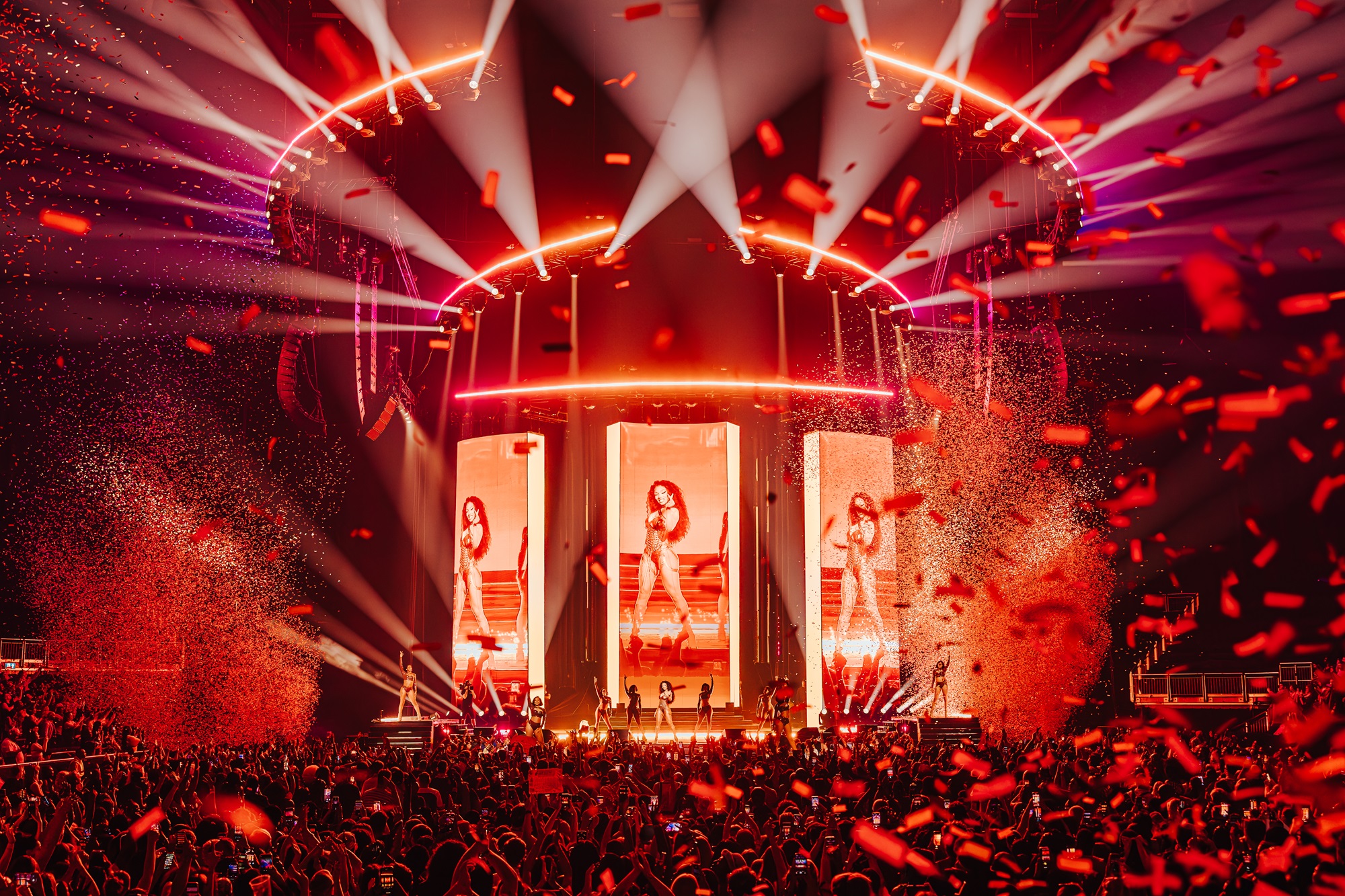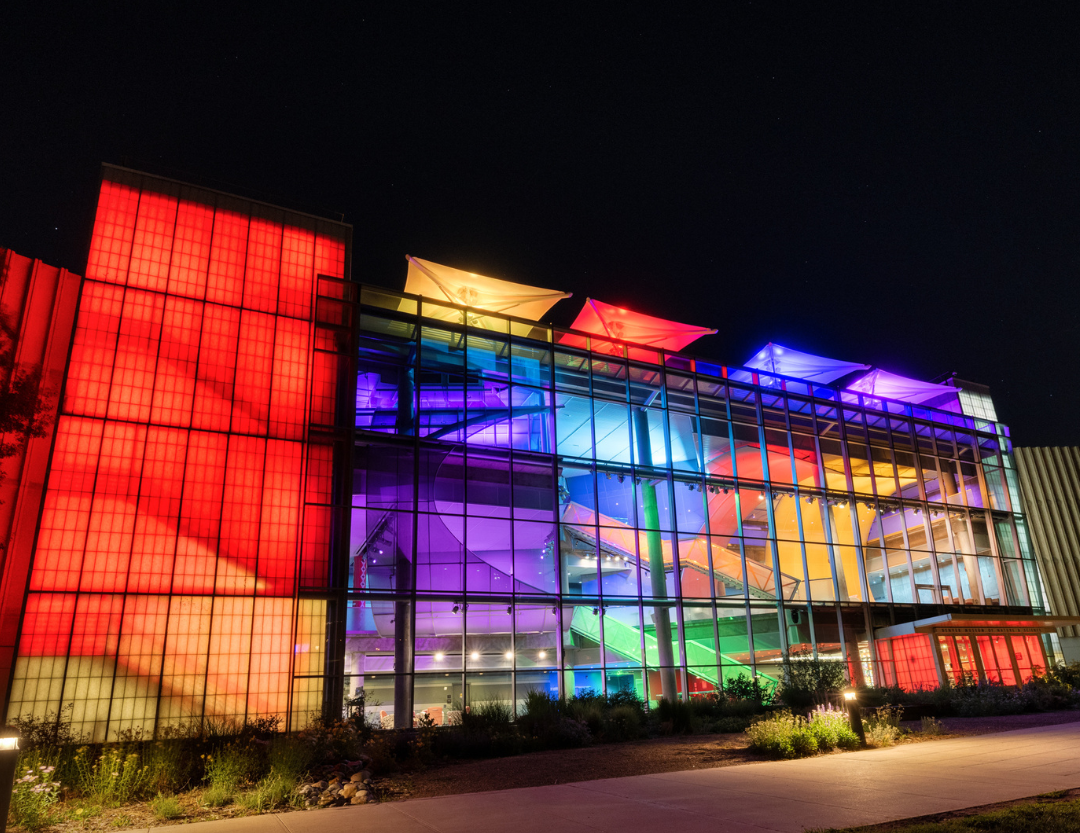FOXBOROUGH, MA — Robert Juliat Quincy profiles play a key role in the new Hall at Patriot Place, a sports and educational showcase for the New England Patriots and their Hall of Fame. The venue, adjacent to Gillette Stadium, includes four 30-foot-high Magink pylons whose digital displays highlight the careers of each Hall of Famer via video, still images and text. As lighting consultants on the project, Salem, Mass.-based Available Light was tasked with lighting the two-sided, Israeli-made Magink pylons. “They have no light source of their own; they’re essentially like a giant LED screen which has to be externally illuminated,” said designer Matt Zelkowitz, a principal designer at Available Light.
Zelkowitz learned from the manufacturer that each pylon needs approximately 300 foot candles (3229 lux) of illumination and a 3:1 max-to-min ratio for a typical configuration. “They usually use Magink pylons as billboards in a landscape orientation with lights below the bottom rim shining up. That wasn’t really appropriate to our situation at the Hall of Fame where the pylons hang vertically. We couldn’t obstruct their view, and they are double sided so we couldn’t blast them from one side.”
In determining how to light the pylons he was drawn to Robert Juliat fixtures, which combine brightness with a flat, even field of illumination and framing shutters for control. “We would have needed nine traditional metal halide fixtures for each side of the pylon, and it would have been a nightmare aiming and maintaining them,” Zelkowitz said. “Using Robert Juliat Quincys we only needed three for each side.”
Quincy profiles are typically employed in architectural and theatrical applications. They have the same features as the Robert Juliat 600SX tungsten range, with a double condenser optical system, three-lens zoom, 90-degree rotating zoom and shutter-locking device.
Zelkowitz arranged with Robert Juliat USA’s headquarters to send Quincy profiles to Magink to make sure that “the color and quality of the light was appropriate,” he said. “The company was very accommodating in arranging to ship samples to Israel, then to Maryland where Cortina Productions, the media producer, mocked up the pylons with content, and finally to Boston where, at a full-scale trial, we signed off on all 24 Quincys.”
While the Quincys are doing “everything we expected them to do” to illuminate the Hall of Fame pylons, Zelkowitz was especially pleased with the profiles’ zoom function. “It lets us go from 25 to 50 degrees with one fixture, so we’re able to achieve three different throw distances and keep the lighting fairly even,” he said. In each three-light configuration “we can have the widest beam spread at the top of the pylon, then zoom in a bit at the middle, then zoom in to almost the narrowest point toward the bottom.”
Available Light president Steven Rosen served as codesigner with Zelkowitz, Richard Chamberlain was managing director, and designer Bill Kadra handled the profiles’ positioning onsite. Barbizon New England did the install with Tim Johnson serving as project manager and Scott Stipetic as systems sales. Cambridge 7 Associates, an architectural firm, designed the exhibit.
For more information, please visit www.robertjuliatamerica.com.


